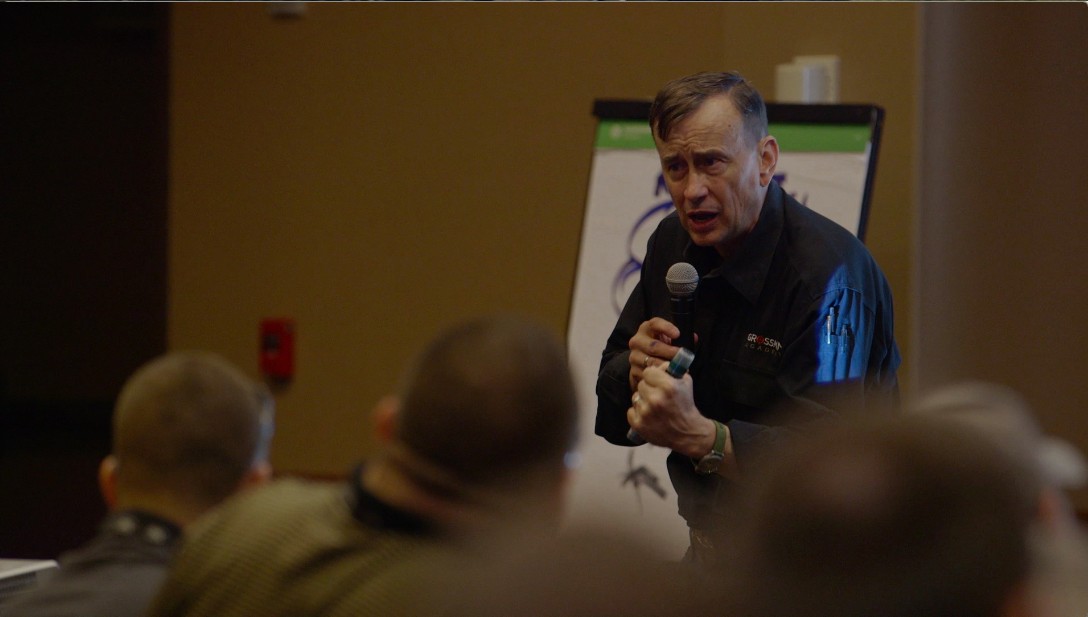You don’t need to watch this video. Especially if the second-hand trauma of watching yet another video capturing police brutality still echoes in your mind. But you probably need to know what happened.In August of 2016, a man named Tony Timpa called the police from the parking lot of an adult film store in Dallas. When the dispatcher picked up, Timpa said he was scared and needed help. He disclosed that he was diagnosed with schizophrenia and depression. He was off of his usual medications, he said, and had taken drugs.Police officers answered his call and arrived on the scene. Minutes later, Timpa was dead.For years what happened to the unarmed 32-year-old man in the moments between the officers’ arrival and his death remained unknown. Some suspected a heart attack caused by the effects of cocaine. The Dallas police had been under investigation for potential wrongdoing—three had been indicted in 2017 for deadly conduct, but the charges were dropped. Then footage from an officer’s body camera was released this week as part of a civil rights lawsuit filed against several officers by Timpa’s family in federal court.In the video, multiple police are holding Timpa face down (at this point he was already handcuffed by security guards at the film store). Timpa writhes and yells, asking police not to kill him. They tell him they won’t—in between smirking and poking fun at where he lives. At one point, he stops yelling and starts making grunting noises. “I’ll make sure he’s breathing,” an officer says, before they all start laughing and say that he’s asleep.Timpa is held down for 14 minutes before the officers deem he’s passed out and hoist him onto an ambulance gurney, making small talk and jokes throughout. As they look at his body on the gurney they try to figure out whether he’s dead or breathing. “Hope I didn’t kill him,” an officer said, garnering more chuckles from the team.Soon after, a paramedic in the ambulance determined that Timpa was no longer breathing.The circumstance of Timpa’s death is not just a window into this particular case, but fits into the larger gap in information and training between law enforcement and people with mental illness. “Persons with serious mental illness are far more likely more likely to be the victims than perpetrators of violent crime,” said Jonathan Metzl, a Vanderbilt University psychiatrist and sociologist who studies gun reform.And yet, one estimate found that people with mental illnesses are 16 times more likely to be killed by police than their counterparts across the country. A 2015 investigation found that half of the people killed by police in the city of Albuquerque, New Mexico, had a mental illness. Another investigation in Portland, Maine, found that 42% of the people shot and killed by police between 2000 and 2012 had a mental illness as well. There are many complex reasons that this can happen. For one, police are not always trained to recognize the symptoms of psychosis and other mental illnesses, which can seem threatening. There’s also the confounding factors: poverty can increase the expression of mental illness, and the experience of the diagnosis, as can race. And police are more likely to crack down on poor neighborhoods, and communities of color.Timpa specifically had a diagnosis of schizophrenia, a chronic mental health disorder that can have symptoms like delusions and hallucinations. But Metzl said people with this disorder are even less likely to be violent than the general population. “Despite the popular stereotype many of the key symptoms of schizophrenia include low energy, social withdrawal, and disorganized thought—all of which take people out of everyday social interactions,” he said.If Timpa’s mother, Vicki Timpa, had not persistently requested an autopsy and public record, and if a Dallas Morning News investigative reporter, Cary Aspinwall, had not sifted through the evidence, this case might not have left city archives. Instead, with the video released this week, it has resurfaced as national news, and a peek into the tragically broken system that burdens the mentally ill.In the best case scenario, this could spur action. A Nashville sheriff, for example, rolled out a plan last year to educate law enforcement about mental illness, and created a facility to divert the mentally ill away from jail. That won’t bring back Tony Timpa, or make us forget the callous conversation surrounding his last moments. But it could prevent the preventable violence that led to his death.
There are many complex reasons that this can happen. For one, police are not always trained to recognize the symptoms of psychosis and other mental illnesses, which can seem threatening. There’s also the confounding factors: poverty can increase the expression of mental illness, and the experience of the diagnosis, as can race. And police are more likely to crack down on poor neighborhoods, and communities of color.Timpa specifically had a diagnosis of schizophrenia, a chronic mental health disorder that can have symptoms like delusions and hallucinations. But Metzl said people with this disorder are even less likely to be violent than the general population. “Despite the popular stereotype many of the key symptoms of schizophrenia include low energy, social withdrawal, and disorganized thought—all of which take people out of everyday social interactions,” he said.If Timpa’s mother, Vicki Timpa, had not persistently requested an autopsy and public record, and if a Dallas Morning News investigative reporter, Cary Aspinwall, had not sifted through the evidence, this case might not have left city archives. Instead, with the video released this week, it has resurfaced as national news, and a peek into the tragically broken system that burdens the mentally ill.In the best case scenario, this could spur action. A Nashville sheriff, for example, rolled out a plan last year to educate law enforcement about mental illness, and created a facility to divert the mentally ill away from jail. That won’t bring back Tony Timpa, or make us forget the callous conversation surrounding his last moments. But it could prevent the preventable violence that led to his death.
Advertisement
Advertisement

